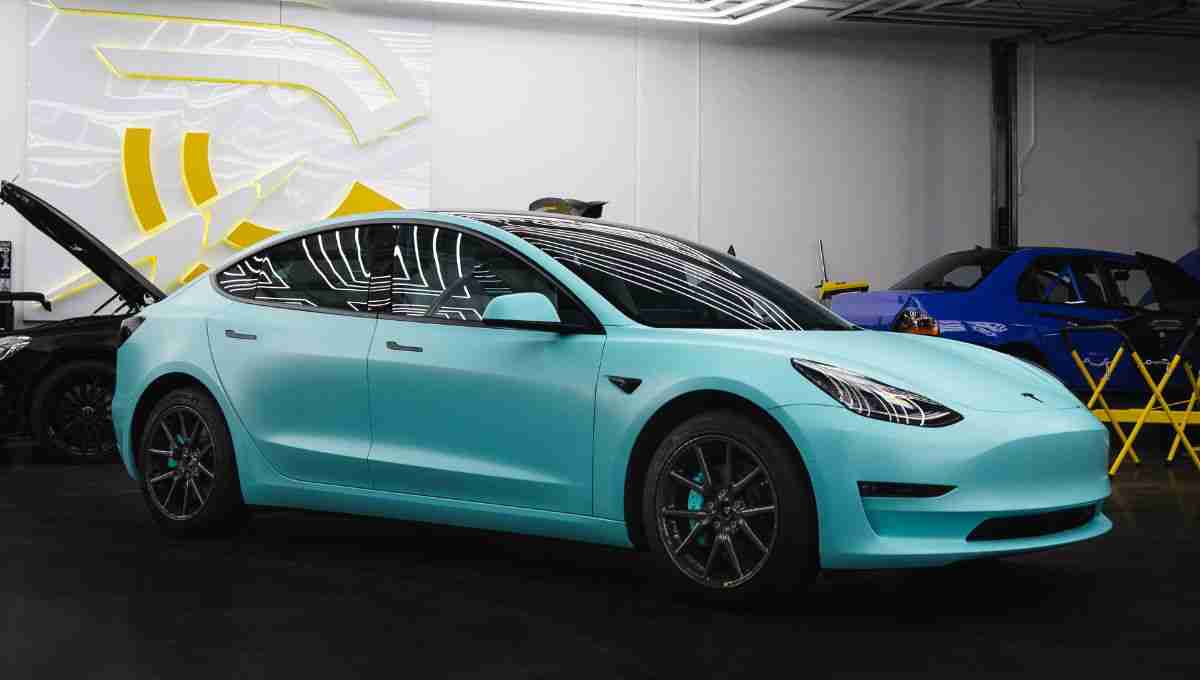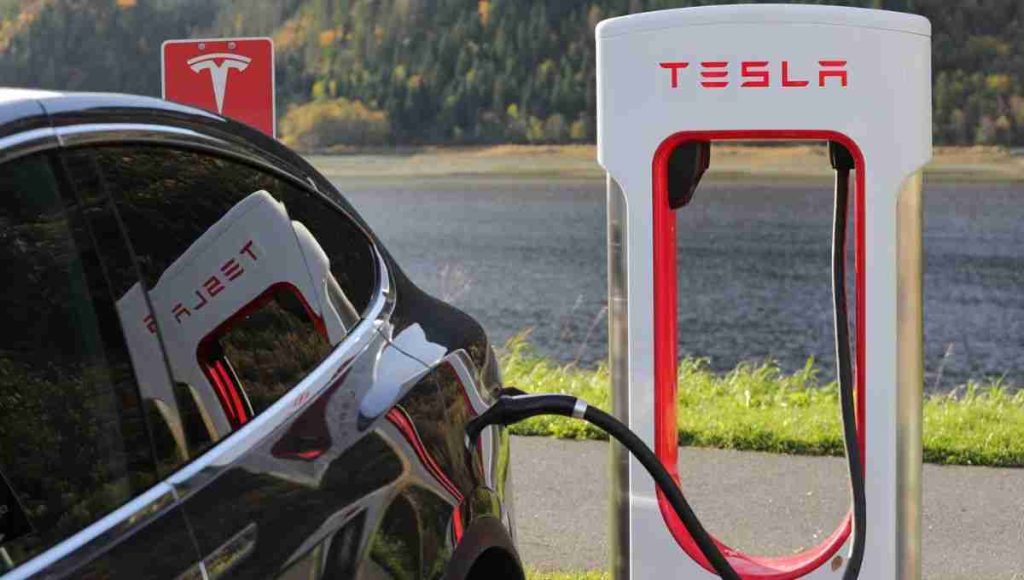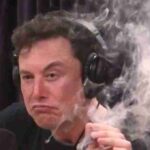
Elon Musk is working on a fresh strategy to restore Tesla’s position as the industry leader in EVs.
Since it was the company that first sparked interest in electric vehicles more than a decade ago, Tesla has reigned as the near-absolute leader of the EV sector. In those days, the company’s automobiles had a massive advantage over their rivals since they outperformed everyone else’s automobiles in terms of price, charging speed, performance, and overall efficiency.
In recent times, however, this status quo has been shaken as a result of competitors dramatically chipping away at (and even surpassing) Tesla’s lead, which was never intended to occur in the first place. The 4680 was an innovative battery that Tesla was working on. It was supposed to give the company a big lead, but it ran into a lot of problems and was delayed, leaving Tesla vulnerable and unable to move forward. Now, a recent leak shows that Musk is working on a new plan to make Tesla the undisputed leader of its industry once again.
This information was obtained by Reuters, which had an exclusive report on the “Highland” project. They got this information from four Tesla workers who asked not to be identified. These individuals believe that Tesla is attempting to lower the expenses of producing the Model 3. This means cutting down on the number of parts in the car and making the process of putting it together easier and faster. Alterations to the powertrain were suggested as a possibility by a further pair of workers.
These modifications are expected to be carried out at Tesla’s Gigafactory in Shanghai during the third quarter of 2023, and they will afterward be applied at their facility in Fremont, located in the state of California.
Consequently, why is it so important to update this model? Because it is a smart approach for Tesla to double down on what makes them distinct and differentiates them from its competitors. Let me clarify.
To begin, there is a lot of stiff competition. Competitors such as Zeekr, Lucid, Kia, and Hyundai are now delivering cars that have performance that is equal to that of their Tesla equivalent at the same price (or even a lower price in the case of Zeekr and Lucid). Furthermore, over the course of the next several years, these competitors will have access to next-generation, super-cheap, and high-performance batteries such as CATL’s sodium-ion battery (learn more about it here), which may soon fully overtake Tesla.
It was expected that the 4680 would prevent this from taking place since it would have ensured that Tesla would get a battery from the following generation before anybody else. Its huge form factor, novel internal construction and chemistry, and around half the price per kWh of existing cells were intended to make it possible for it to achieve better energy densities and quicker charge times than the present cells. Sadly, this has not come to fruition due to the fact that it has proven to be extremely hard to manufacture such revolutionary cells.
Because of this, the 4680s that are currently in production do not have all of the promised features. As a result, they have a lower energy density than Tesla’s older cells, which results in a savings of only $3,600 per vehicle for the company (this price is equivalent to $91 per kWh, which is a 33% reduction from the cost of the cells that are currently in use).
Despite the fact that this cost reduction is considerable, it is not remarkable enough to place Tesla in a category of its own. In addition to this, Tesla is having trouble producing enough of these cells to match the demand that they have. Due to this reason, there are presently just a handful of Model Y versions that utilize this pack.

Nevertheless, in spite of this, Tesla still has something that its competitors don’t: enormous profit margins! According to a study from 2018, the raw ingredients for a Model 3 start-level vehicle were $18,000, but the production cost was just $10,000. At the moment, the price of this Model 3 in the basic trim is $47,000 from Tesla. Since 2018, there has been a little but noticeable increase in the prices of materials. This indicates that Tesla likely earns slightly under $9,000 for each Model 3 with the basic trim, which corresponds to a profit margin of around 20%. This is supported by a recent interview that was conducted with a Tesla executive, which demonstrated that higher-trim vehicles had a profit margin of forty percent (read more here)! To put this into perspective, the majority of automobiles selling for this price range have trouble making a profit margin of even 5%.
So why can’t Tesla just lower their prices to match their competitors’ profit margins and beat them on price to get back to the top of the list for electric cars? Tesla, on the other hand, is undergoing tremendous growth, in contrast to other manufacturers. They are trying to become their own battery provider with the 4680, which will further increase their profit margins.
They are in the process of building and scaling multiple brand-new factories, significantly expanding their model lineup (including the Cybertruck, Roadster, and Semi, and possibly a Model 2), and dramatically expanding their model lineup. All of this demands a significant amount of financing, which is given by the very high-profit margins that they maintain. In the event that this flow of cash decreases, Tesla may be rendered unable to fulfill its existing financial commitments.
Here is where the “Highland” initiative comes into play. You see, Tesla is in a difficult position because he is stuck between a rock and a hard place. Tesla has to figure out a method to significantly lower the price of its products while preserving its profit margins if it wants to preserve its position as the market leader. It is possible that it may continue with the 4680, but given how slowly it is developing, others will shortly catch up.
Alternately, it could switch to third-party next-generation battery packs that are already cheaper and have higher performance, such as the BYD Blade Battery or CATL’s sodium-ion battery, given that both of these are already cheaper than the 4680. Both of these batteries are already cheaper than the 4680.
Switching might result in significant cost savings, but it would also mean that Tesla would have thrown away a significant amount of money on the 4680 and would not have the additional profit that comes from having its own battery maker. After writing a few articles on the subject, I have come to the conclusion that it would be in Tesla’s best interest to convert to batteries manufactured by a third party.
This leak about project “Highland” indicates that Musk may have listened to what I had to say (or, much more likely, come up with the same idea). You have to understand that Teslas are intended to make use of cylindrical batteries, but these new third-party batteries are prismatic, which means they are in the form of a block. Because the criteria for packing and cooling for cylindrical batteries are somewhat different from those for these prismatic batteries, Tesla has to alter the powertrain in order to use them.
Final Thoughts
As a result, the information that Musk may be aiming to use batteries manufactured by a third party may have been leaked in connection with a prospective modification of the engine. However, if Tesla redesigned the interior so that it could be produced at a lower cost, the company’s profit margins would grow even higher, and the company would be able to make up for the profit it lost by manufacturing its own batteries. This really embodies the concept of having the best of both worlds!
All of this demonstrates that Tesla is putting a greater emphasis on what differentiates it from other companies. They may no longer be in the lead when it comes to technology, but they are in the lead when it comes to production because they can produce electric vehicles at a lower cost than anybody else. The fact that Tesla is working on a project called “Highland” indicates that the company wants to extend its lead and may be willing to admit that the 4680 was a mistake. If this is true, Tesla might be able to keep its huge profit margins even as its competitors lower their prices by a lot over the next few years. Prepare yourself, because it’s possible that Tesla is going to achieve even greater levels of achievement!








